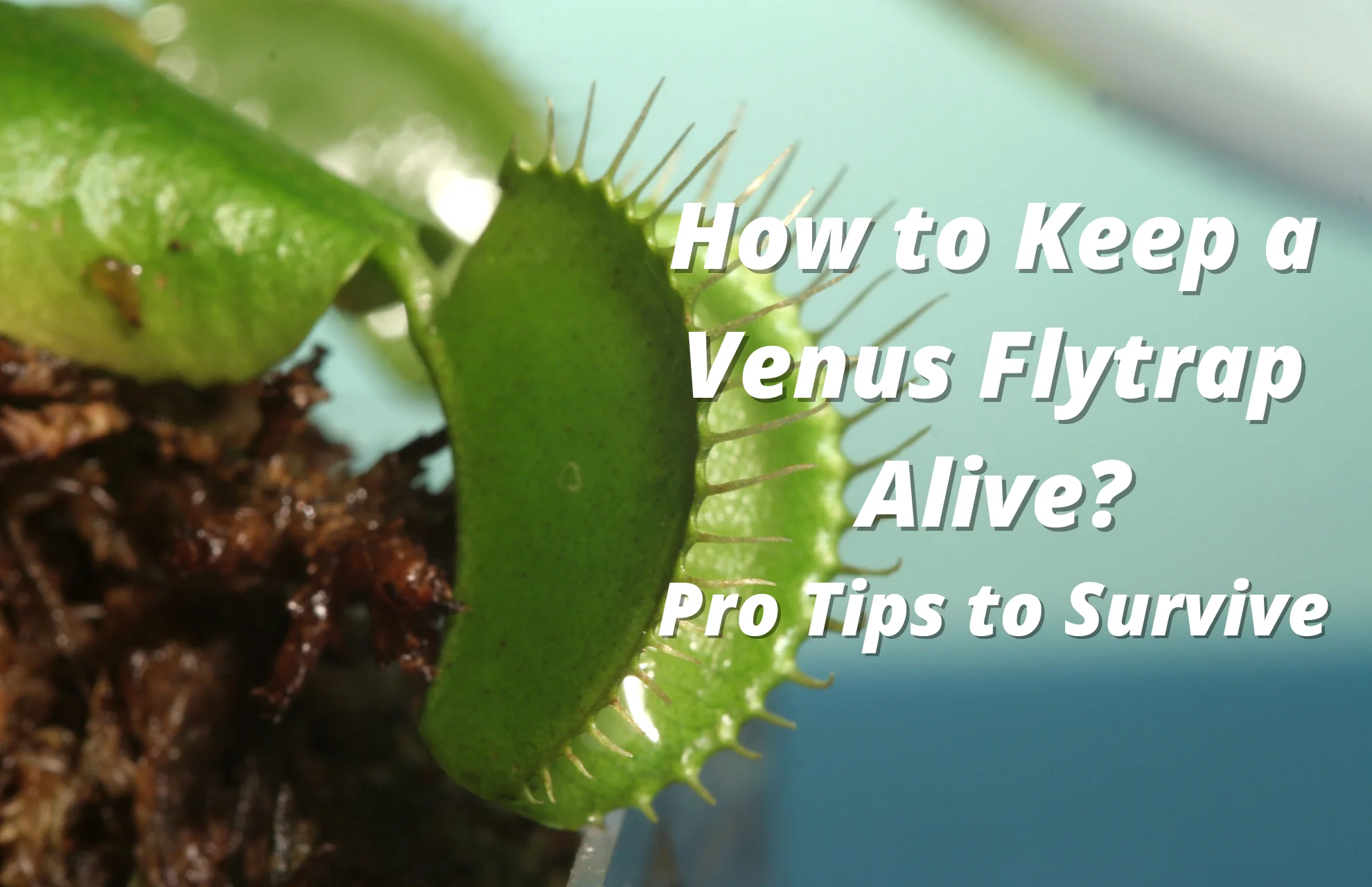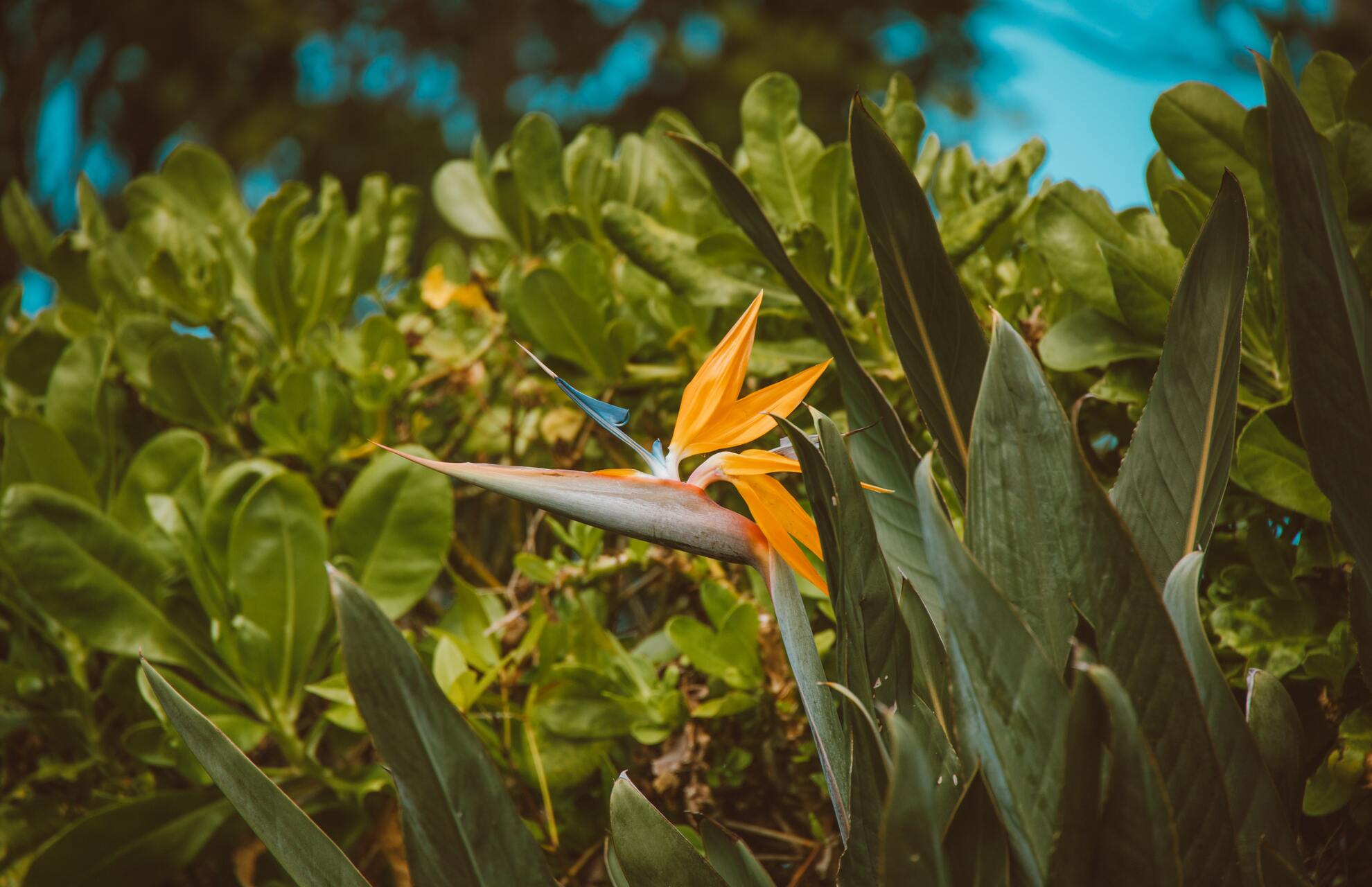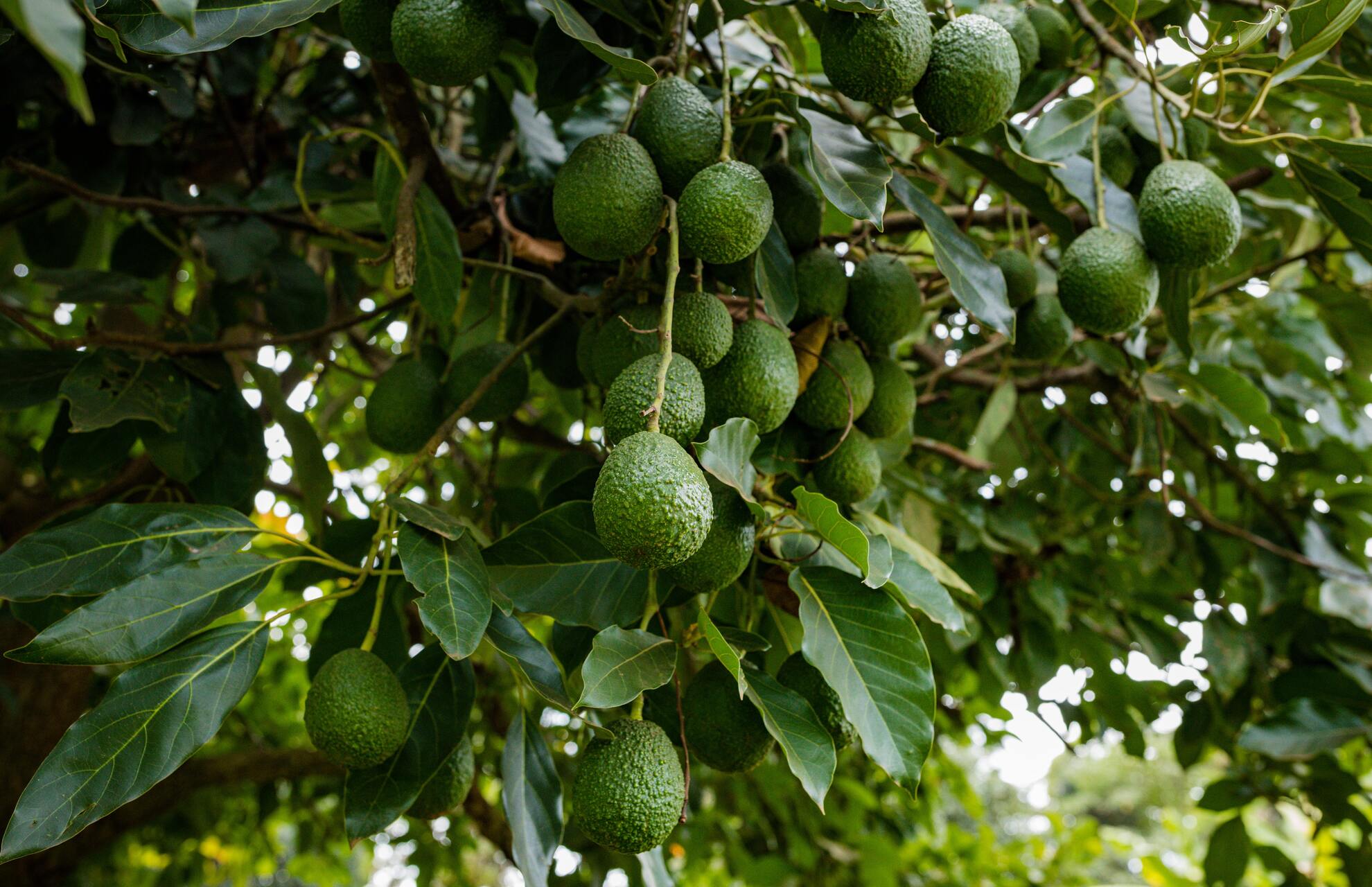Growing this carnivorous plant is entertaining, but it needs a little extra attention. Use these pointers to keep your content indoors.
The Venus Fly Trap (Dionaea muscipula) is probably the best-known of the carnivorous plants, and while they mean seem tricky to grow that’s not true at all! They are incredibly interesting plants. They require a little bit of special maintenance compared to most other plants, but they are interesting enough to be worth the trouble.
Venus flytraps need particular environmental factors to survive. The right amount of water, soil made for carnivorous plants, a lot of light, and regular watering are requirements for these plants.
Learn everything you need to know about feeding and caring for these voracious carnivorous plants by continuing to read.
How Much Light Do Venus Flytraps Need?
Making sure the Venus flytrap has enough light to survive is the most crucial part of understanding how to take care of one.
The plants need complete sunlight to grow outside. Put them by a window that gets plenty of sunlight inside, or use a grow light. These are available to purchase inexpensively through Amazon.
Consider letting a Venus flytrap spend some time outdoors during the warmer months to make sure it receives enough light indoors. ‘Put them outside during the summer and keep them indoors in a terrarium or cloche for the winter.
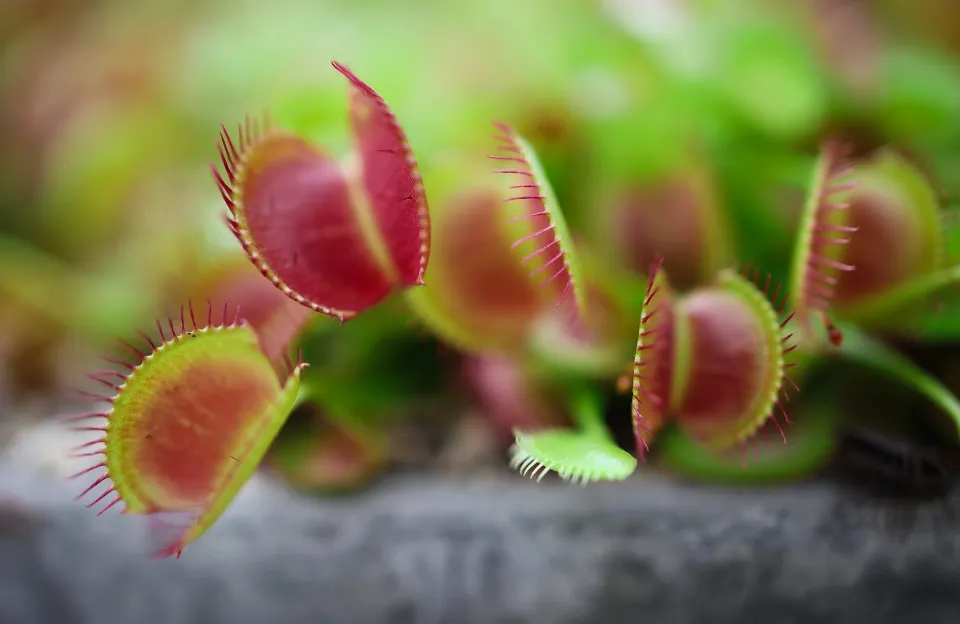
Venus Flytrap Temperature Requirements
When entering their dormant phase in the winter, Venus flytraps have different temperature requirements from those in the summer. Ideal summertime temperatures range from 24 to 35 degrees Celsius or 75 to 95 degrees Fahrenheit.
However, the plants need a three to four-month dormant period in the winter. Only provide bright, natural light, and keep temperatures between 35 and 70 °F (2 and 21 °C).
How Much Water Do Venus Flytraps Need?
Knowing how to properly care for a Venus flytrap is essential because they love a lot of moisture and humidity. It’s crucial not to allow the soil to dry out.
As a result of their native habitat being the subtropical wetlands of North and South Carolina, Venus flytraps come in a variety of species, including some Drosera and Sarracenia species, that prefer to be kept in mineral-free standing water.
Other varieties and hybrids don’t need to be submerged in water, but they will benefit from a mister spray applied every two to four days to create humidity. Avoid using tap water to water your Venus flytrap because it can cause a buildup of dangerous minerals; instead, use rainwater or distilled water.
If the air is dry, water the plants every day; if not, water them when the growing medium’s top layer feels just a little bit dry to the touch. Venus flytraps can be grown most easily in shallow trays, bogs, or water gardens that always have water in the bottom.
Give them enough water so that it fills the container’s bottom or completely wets the medium. Venus flytraps need less water in the winter, but you still need to keep the soil moist.
What to Feed a Venus Flytrap?

Although carnivorous, flytraps can go for extended periods of time (a month or more) without eating insects. They will receive sufficient nutrition if you raise them outside. Venus flytraps need to be fed with tiny insects like flies and beetles on a regular basis if they are being grown indoors.
Don’t feed your flytrap any insects that are bigger than a third of the size of the trap if you’re feeding it. Otherwise, the food won’t be able to start digesting in the trap and it won’t be able to fully close.
The trap must be triggered by movement in order to close, regardless of whether the bug is alive or not. For dead prey, after putting the bug inside an open trap, gently stroke the interior of the trap with a small paintbrush until you see the trap begin to close.
traps will only close when there is food for the plant. The plant’s energy can be wasted by fiddling with the traps just to make them close. This could result in the plant’s decline.
How to Repot Venus Flytraps?
When they are replanted annually, Venus flytraps grow at their best. After their winter dormancy, the early spring is the ideal time to repot them. Fill a container with a fresh, pre-moistened growing medium that is just 1-2 inches bigger than the original container.
Venus flytraps enjoy low-nutrient soils. Sphagnum moss with long fibers or a peat moss and perlite mixture are good choices for the majority of plants. Make sure to completely cover the top of the bulb when planting the rootball, keeping it at the same depth as in the pot it came in. Give the medium plenty of water to settle and saturate the roots.
How to Prune Venus Flytraps?
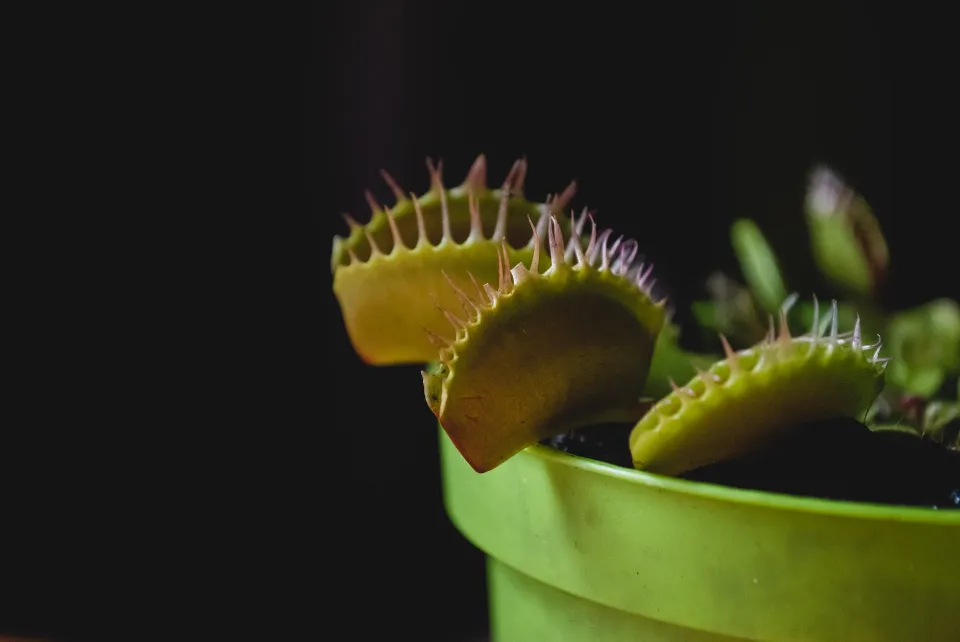
Although pruning isn’t necessary for Venus flytrap maintenance, it will keep the plants in good shape and tidy. After they have fully emerged from their winter dormancy in the spring or early summer, prune away all of the dead growth. Cut down to the base any leaves or traps that are dead or dying.
Hall also adds that failure to remove outdated growth may result in problems. The best course of action is to remove dieback as soon as it turns a dark brown or black color because dead foliage can attract fungal infections.
Mature Venus flytraps may produce lovely flowers in the spring. However, they are draining on the plant, so it is best to cut them off once the stems have grown to about 2 inches.
How Do I Keep My Venus Flytrap Alive in the Winter?
During the winter, Venus flytraps go into dormancy, so you’ll need to modify your care routine.
Keep your Venus flytrap in a cool place between 35 and 70 degrees Fahrenheit (2 and 21 degrees Celsius) during the winter. Dormancy will be triggered by the natural shift in sunlight and the cooler weather.
As long as you can put them near a window where they will receive plenty of bright, natural light, a garage or basement would be a great location. Throughout dormancy, keep the growing medium moist as usual, and be careful not to let it get too dry.
Throughout the winter, it’s normal for some of the leaves to turn brown. Stop feeding them and keep the soil moist instead. Just keep them out of the elements; they are very prone to freeze damage.
Conclusion: Keep a Venus Fly Trap Alive
All wild Venus Fly Traps are interestingly found within a 75-mile radius of Wilmington, North Carolina, and nowhere else in the world. Venus Fly Traps are perennials found along the coasts of North and South Carolina.
Venus flytraps require different maintenance than other houseplants that you are probably accustomed to growing, but these suggestions will help you understand what it needs to survive.
FAQs
Can a Venus Flytrap Hurt Me?
A Venus flytrap isn’t strong enough to “bite” you with any power. The plant will probably suffer more harm than you if you stick your finger inside of it.
How Big Do Venus Flytraps Get?
The majority of Venus flytraps grow to a maximum height and width of 5 inches.
Do Venus Flytraps Have Any Predators?
The plant is vulnerable to aphids and spider mites indoors. Outside, raccoons, birds, and squirrels have all been known to munch on them.
How Hard Is It to Keep a Venus Flytrap Alive?
In many respects, flytraps should be easy. There is no need to fertilize them. They can endure both direct sunlight and fluorescent lighting. They can float in a half-inch of water without worrying about their roots rotting, unlike many other houseplants.

